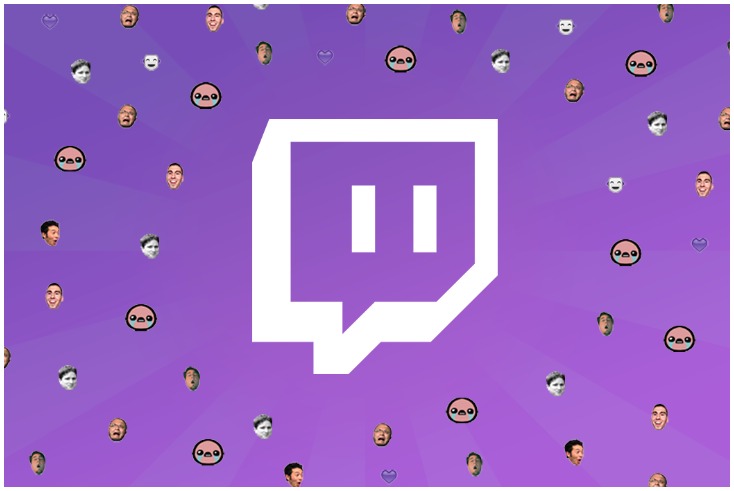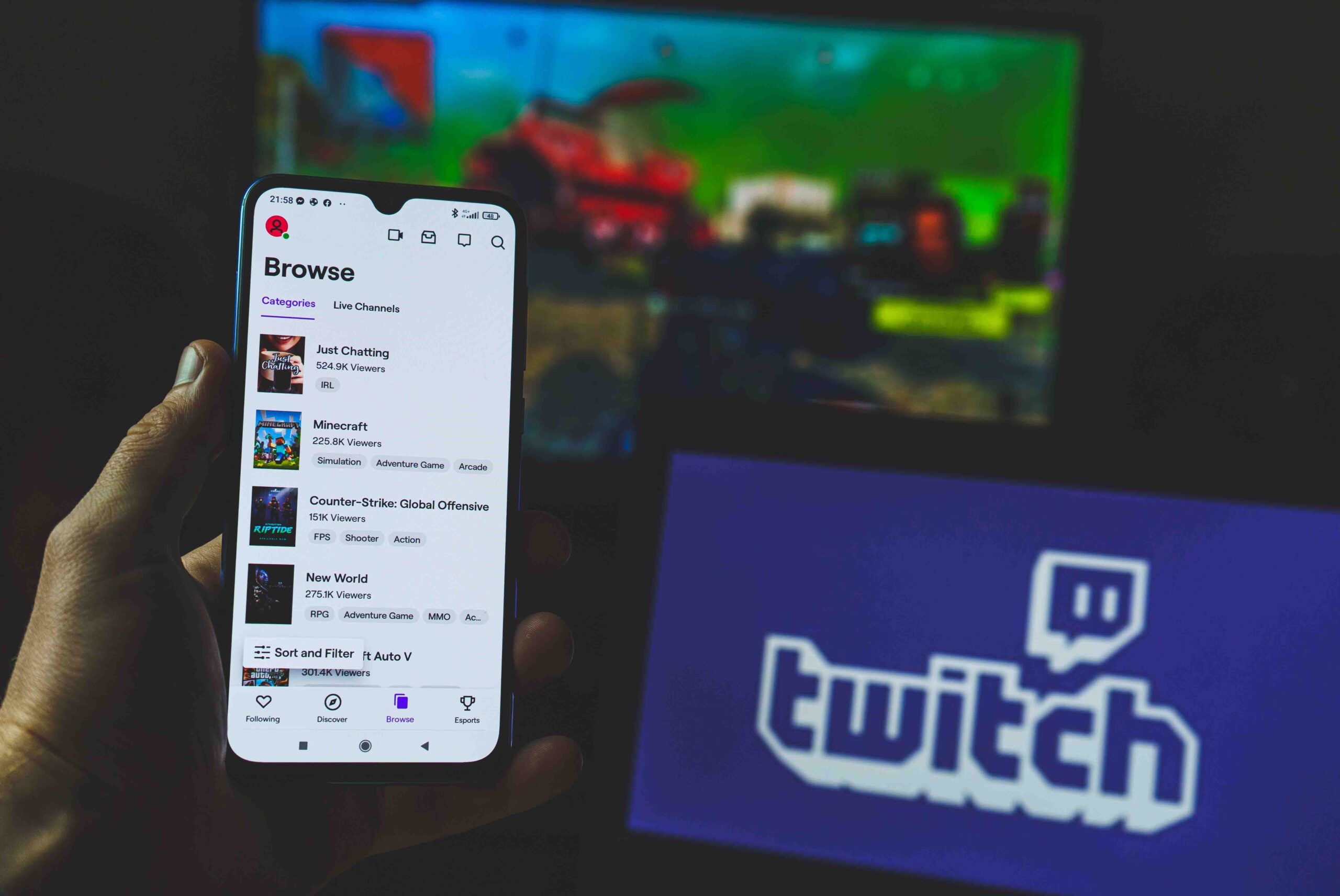How Amazon's Twitch is responding to a post-lockdown plateau

Last month, The Recount, an up-and-coming news publication, announced it would begin hosting a first-of-its-kind live news program on Twitch.
The launch is just the latest example of the streaming platform’s attempts to expand its content offerings beyond the gaming medium, reaching more potential users in the process.
Other publishers such as Rolling Stone and The Washington Post have streamed via Twitch before, but irregularly.
After years of strong growth, Twitch has seen a plateau in users since the beginning of the pandemic, according to WARC TwitchTracker data.
In an effort to maintain revenue growth, Twitch has been considering changes to its monetization strategies and, on top of that, is continuing to promote new forms of content, like The Recount, on its platform as well.
Twitch did not respond when asked to comment for this article.
The platform was originally launched as Justin.tv in 2007, a platform conceptualized for “lifestreaming”: allowing users to stream any aspect of their life as they wished. A year later, categories were added to the site, including People & Lifecasting, Sports, Music & Radio, Gaming, News & Tech, and more.
Thanks to the significant and growing popularity of the gaming section, it was spun off into its own site – Twitch, named after twitch gameplay, a common form of gameplay that tests individuals’ reaction time, such as in first-person shooters or sports games – that quickly eclipsed the popularity of the original.
The burgeoning company was purchased by Amazon in 2014.
While Twitch carved out a big niche for itself in the ever-growing video gaming industry, Twitch’s maturation comes with the need to diversify their userbase beyond gaming streams, and thus in some ways return to its initial conception.
“The drop off in Twitch’s audience, in my view, is just a post-pandemic correction after the enormous growth of the past two years,” says Phil Rowley, head of futures at Omnicom Media Group, UK.
During lockdown, Rowley notes that at peak, Twitch was seeing a 195% increase in first-time viewers.
He adds: “Now that we appear to [be] past the worst of the pandemic, Twitch, like many other companies that benefited from people’s shift to ‘interior worlds’ like home gyms and takeaway companies, are seeing a drop off as some people who sampled the platform during the pandemic resume their regular routine.”
Perhaps casting a wider net for audiences can lead to a return to higher degrees of growth, as Whitney Fishman, managing partner of innovation & consumer technology at Wavemaker US, adds:
“While gaming can bring with it niche categories and interests, gaming isn’t the sole interest of most people. It makes sense […] that Twitch would want to find fresh ways to keep users on the platform and provide entertainment, education, and overall impetus to increase time spent.”
Not some ‘desperate attempt to halt decline’
The foray into new formats is “not some desperate attempt to halt decline,” says Rowley, but rather a natural evolution of the platform.
Twitch began to expand their genres of streaming content beyond gaming back in 2017 when it added an “IRL” category, which was later spun off into the increasingly popular “Just Chatting” category in 2018.

Over the past year, Just Chatting has been by far Twitch’s most watched streaming category, with over 3 billion hours of content watched, almost double the next-most popular game, Grand Theft Auto V.
Rowley explains that most successful social media platforms have followed along a similar trajectory: once significant growth begins to stall and companies mature, they start to branch out into other areas to attempt to “gain a bigger slice of other pies”. Facebook’s Watch feature and Netflix’s forays into gaming are recent examples of the phenomenon. For Rowley, Twitch’s attempts at non-gaming content are simply a reflection of its ambition to grow.
“That ambition is propelled by the increasing digitalisation of media allowing the cross-pollination of formats,” says Rowley.
“That’s to say, once everything is reduced to a data stream, media companies become technology companies and vice versa.”
This would explain why radio shows like BBC Sounds have become podcasts and, in turn, podcasts like The Joe Rogan Experience are on video (it was streamed on YouTube until being bought with exclusive rights by Spotify). And so gaming platforms like Twitch are becoming sports broadcasters, Rowley says. Twitch has been streaming live Premier League matches since 2020 and offers a sports category on its website.
Beyond the company’s extant control over the gaming niche, however, is its set of features that allow for a high degree of audience interaction. Live chats, subscription notifications, and channel-specific badges have given content creators tools to interact directly with audience members, such as by replying to questions posted in the chat or joking around with fans.
Rowley notes that other media platforms have also sought to increase audience interactivity, with prime TV programs carrying hashtags to spark debate or Amazon Video’s X-Ray feature which allows viewers to read more data and information behind any given show. But he says Twitch’s live chat and other features give it a unique leg up in this area.
“Due to Twitch’s genesis as a gaming platform, and thus baking in deep levels of interactivity into the viewing experience, it has an advantage here – and I would expect to see that carried through to all its formats.”
As Fishman notes: “everyone has an opinion and everyone wants to be heard.”
Be it gaming, news, or another form of content, there is an innate desire for fans to be recognized by content producers and for their opinions or questions to be given attention.
Words of warning
Expansion beyond a niche is a tall task: though there are many examples of media and tech companies branching out into other forms of content, there are not that many success stories, notes Rowley.
In fact, from an advertising and brand-perspective, Twitch’s loyal gaming audiences are perhaps what make the platform so attractive to advertisers as is, as Fishman explains.
“The stronger, stickier, [and] more loyal audiences a platform has, the more attractive it is. It’s not about the most people, it’s about passionate specific communities that a relevant advertiser can connect with.”
To that end, Twitch would do well to approach their natural attempts at expansion with some caution, says Rowley.
He does note that Twitch’s expansion into non-gaming channels has been a success so far, at least more so than other similar attempts by companies such as Facebook (Watch), YouTube (Stadia), and Twitter (Vine), but risks still nonetheless persist.
“They need to be cautious about making sure their approach is right to knock this out the park.”



